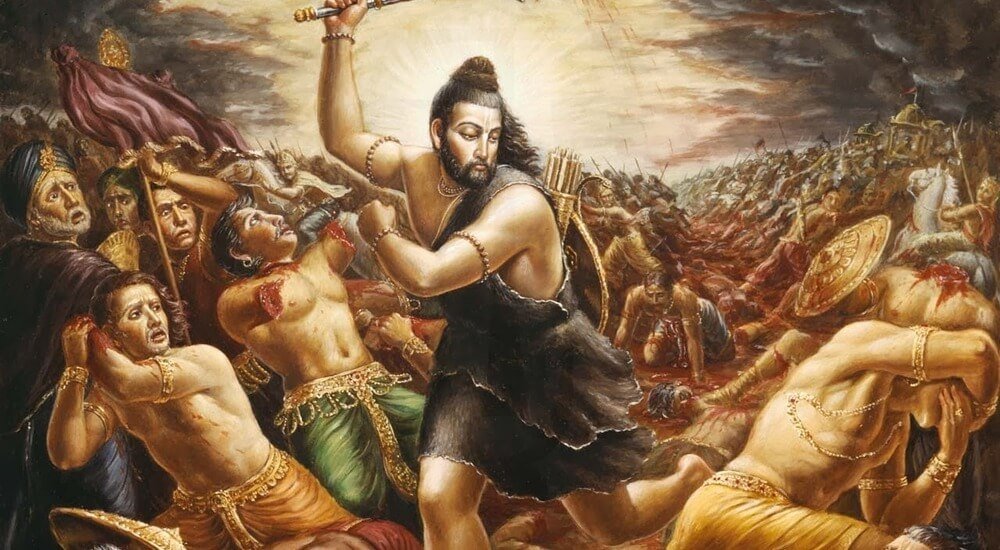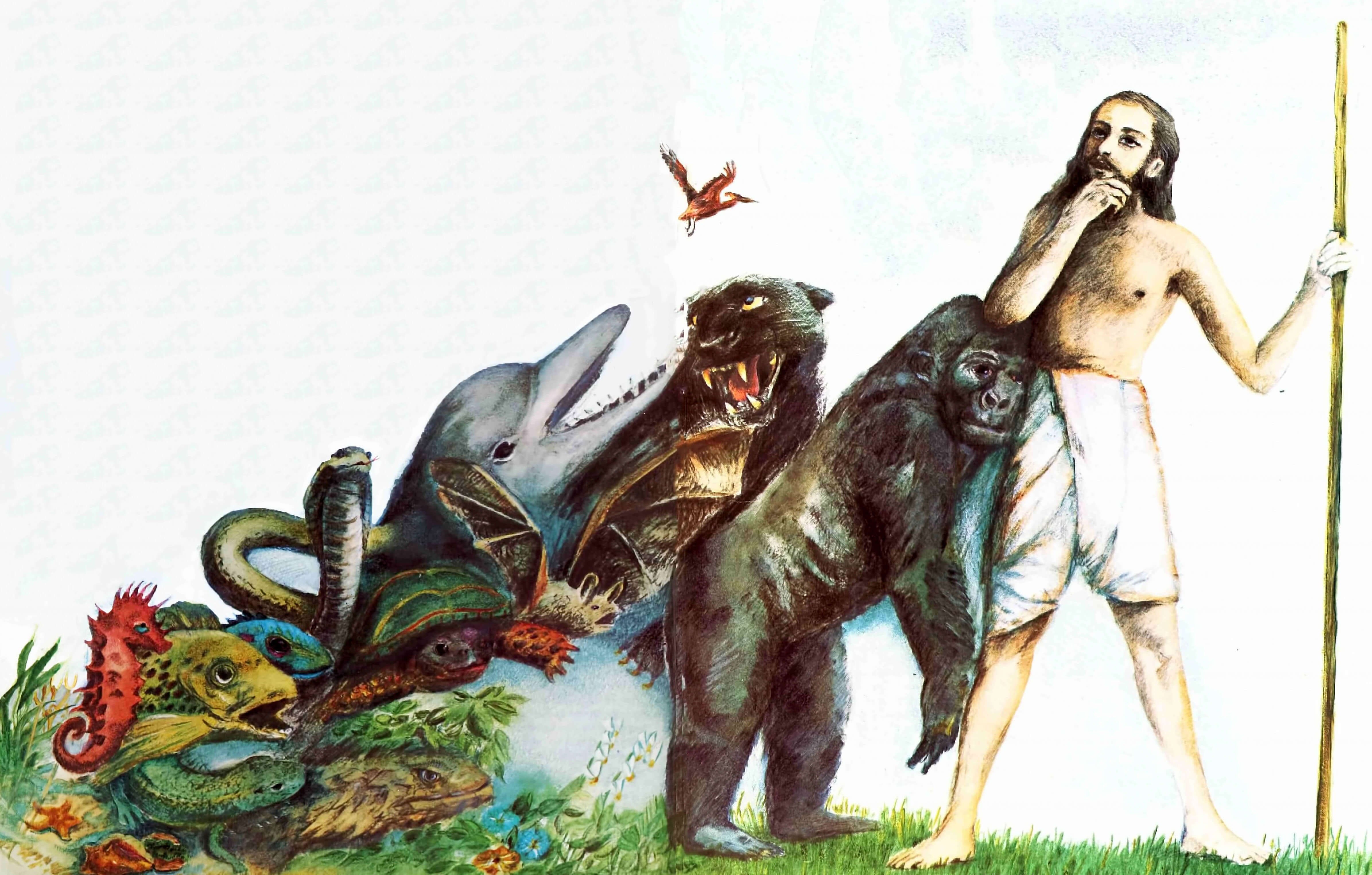Life on Earth hasn’t always been the way it is now. One of the most intriguing topics for humanity has been the advancement of living species. How did life begin? How did species evolve? Both science and religion have tried answering these questions in various ways.
One of the most widely accepted scientific theories on the subject is Charles Darwin’s theory of evolution. He talked about how species that survived adapted to the changing conditions and the ones that couldn’t soon became extinct.
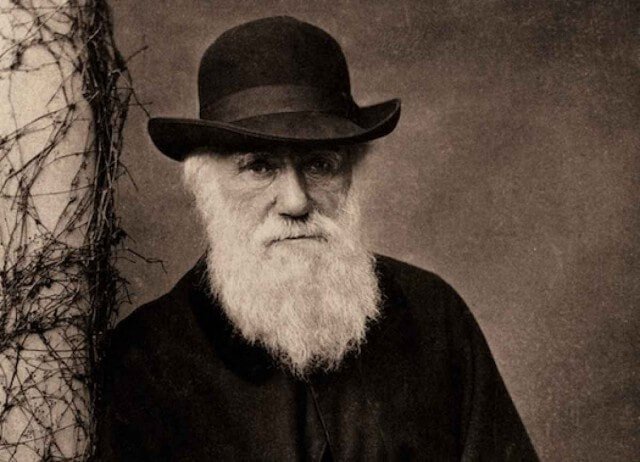
Hinduism, the world’s third largest religion, has a concept called Dashavatar. It says that Vishnu descends to the Earth in the form of an incarnation to restore cosmic order. Now you’d wonder why we’re talking about both of them together. That is because the two are strikingly similar. Interesting, right?

Although there are many different accounts of what (and how many) Vishnu’s various avatars are, the most popular list of 10 incarnations include Matsya, Kurma, Varaha, Narasimha, Vamana, Parashurama, Rama, Krishna, Buddha and Kalki. For the sake of discussion, we’ll keep this article limited to the first six, because the evolution of species, did not happen after that. At least, not yet.
1. According to Darwin’s theory, life began in the ocean. Vishnu’s first avatar, Matsya, was a fish.
Vishnu’s first avatar was Matsya. He took the form of a fish to save Manu from the massive deluge. Darwin believed that water is the most essential ingredient to sustain life, and thus that is where life originated.
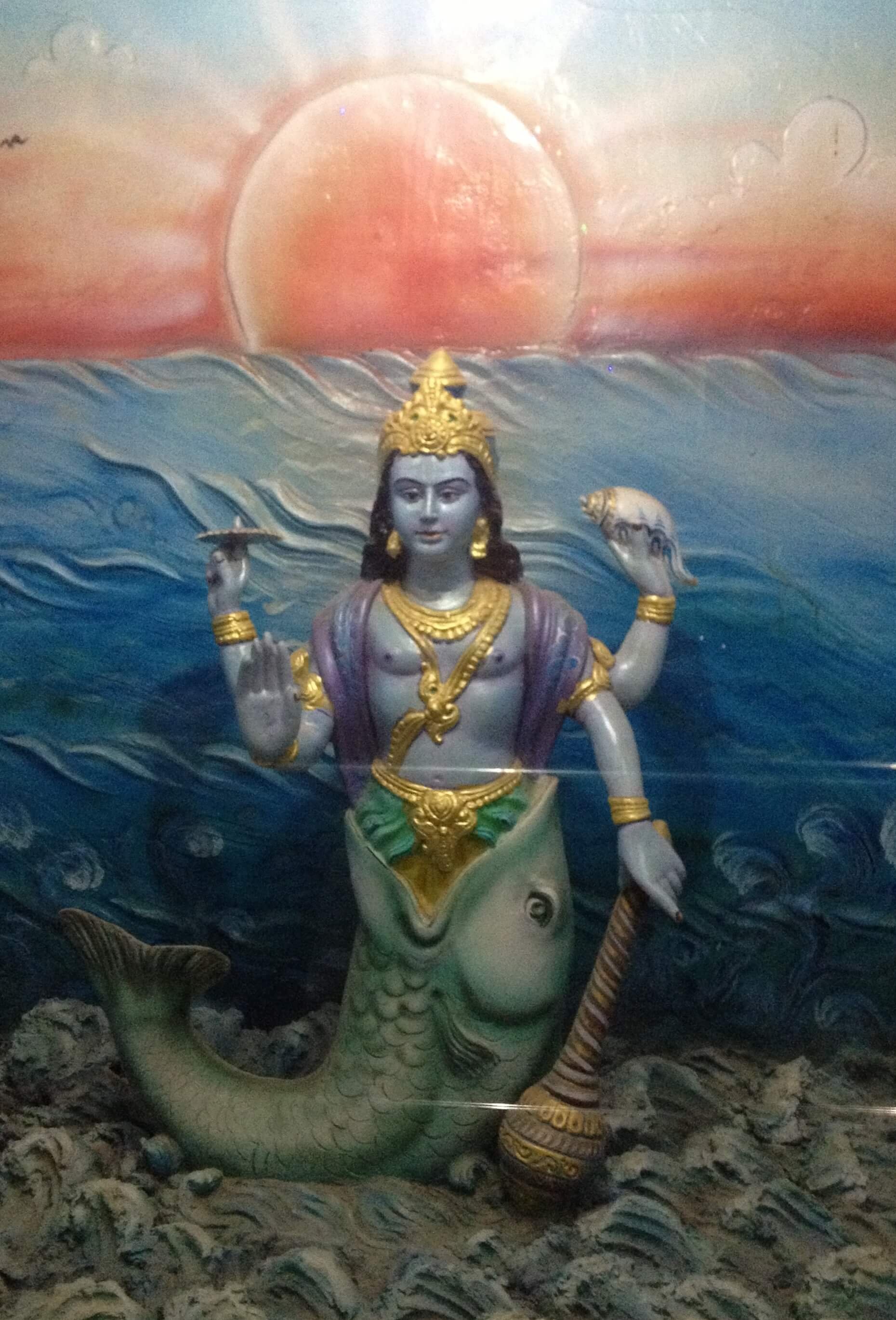
2. Darwin said that the species then began coming out of the water. Kurma, Vishnu’s second avatar was an amphibian.
The second manifestation of Vishnu was in the form of a tortoise named Kurma. It held the mountain, that was being used to churn the cosmic ocean, in its place. Darwin hypothesised that amphibians were the next kind of animals to develop. As species started coming out and exploring the land, they developed bodily features to survive both inside and outside of water.
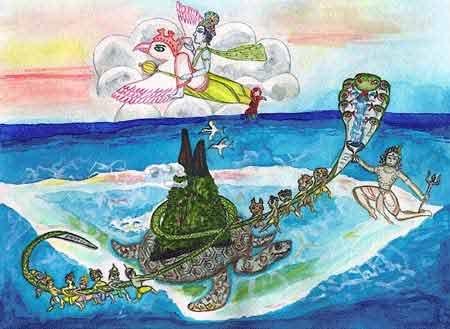
3. And soon, there was the need to traverse long distances, so creatures developed legs. Varaha, the third incarnation, was a boar.
The next logical step in evolution had to be the ability to travel on the ground. To accomplish this, species started developing legs. Boar, the third form taken by Vishnu, fought Hiranyaksha in a thousand-year battle and helped bring the earth back from the bottom of the ocean.
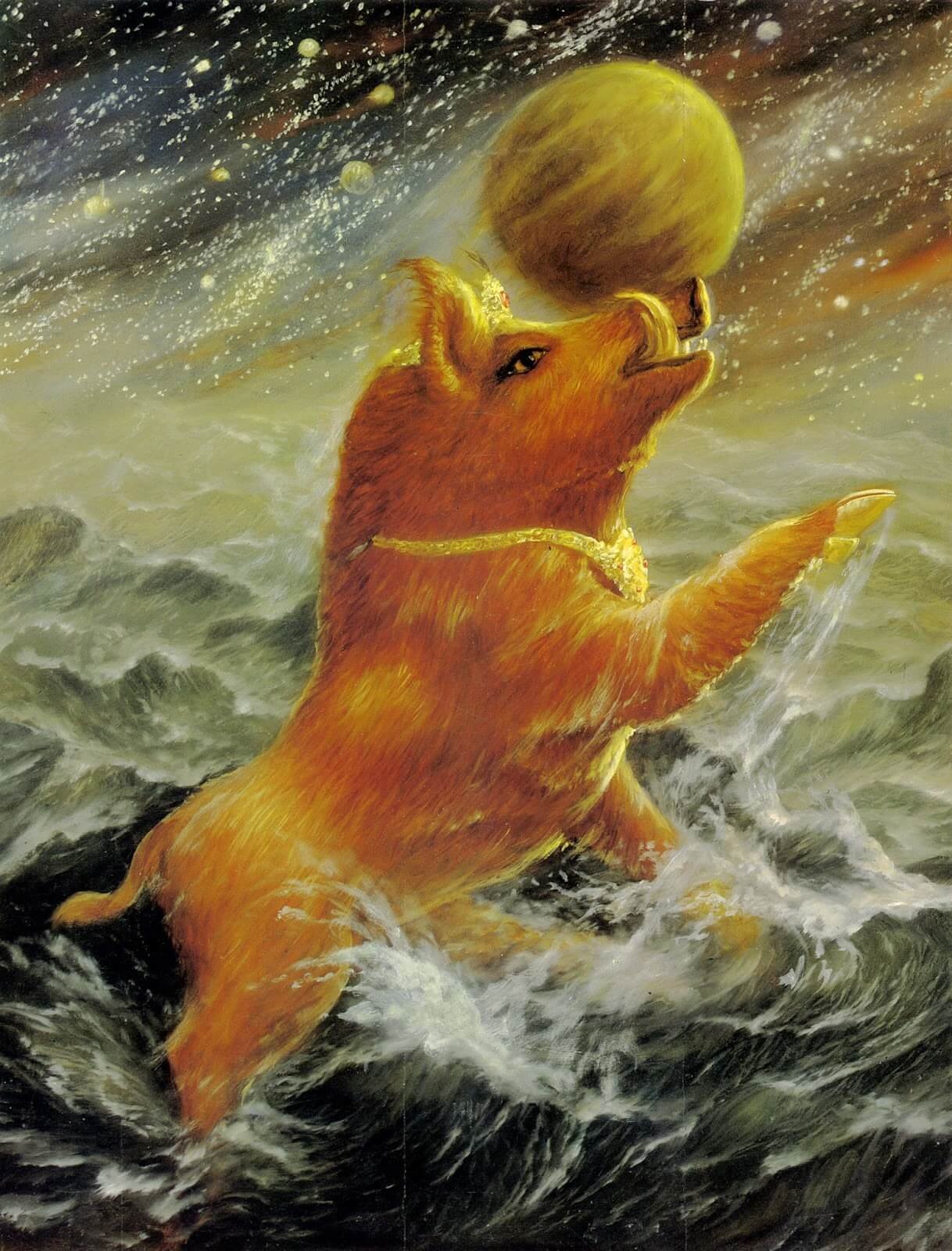
4. Narsimha avatar had the features of man as well as those of a beast. This could be similar to the species the very first human beings evolved from.
The next major milestone in evolution was the concept of homo sapiens. Narsimha, the fourth avatar, was a half-man, half-lion, which indicates evolution slowly going towards human beings. Vishnu, in order to protect his devotee Prahlad, took this form and killed Hiranyakashipu, the demon king.
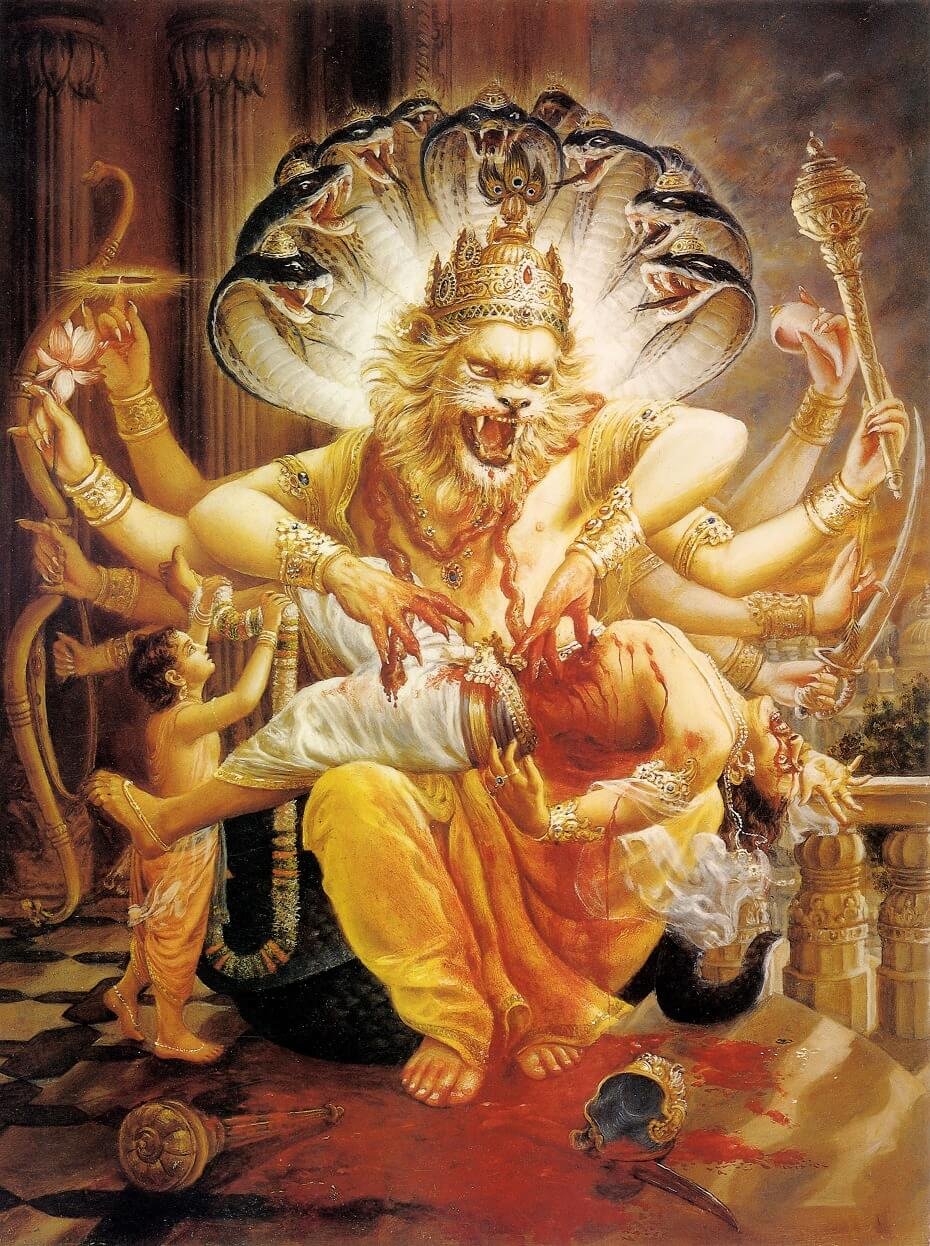
5. The fifth avatar, Vamana was dwarfed human being, visually very similar to the short ape species that humans have evolved from.
In Charles Darwin’s theory. But, if you look at the evolution charts, the earliest form of apes that human beings evolved from were in fact, much shorter in height than present-day human beings.
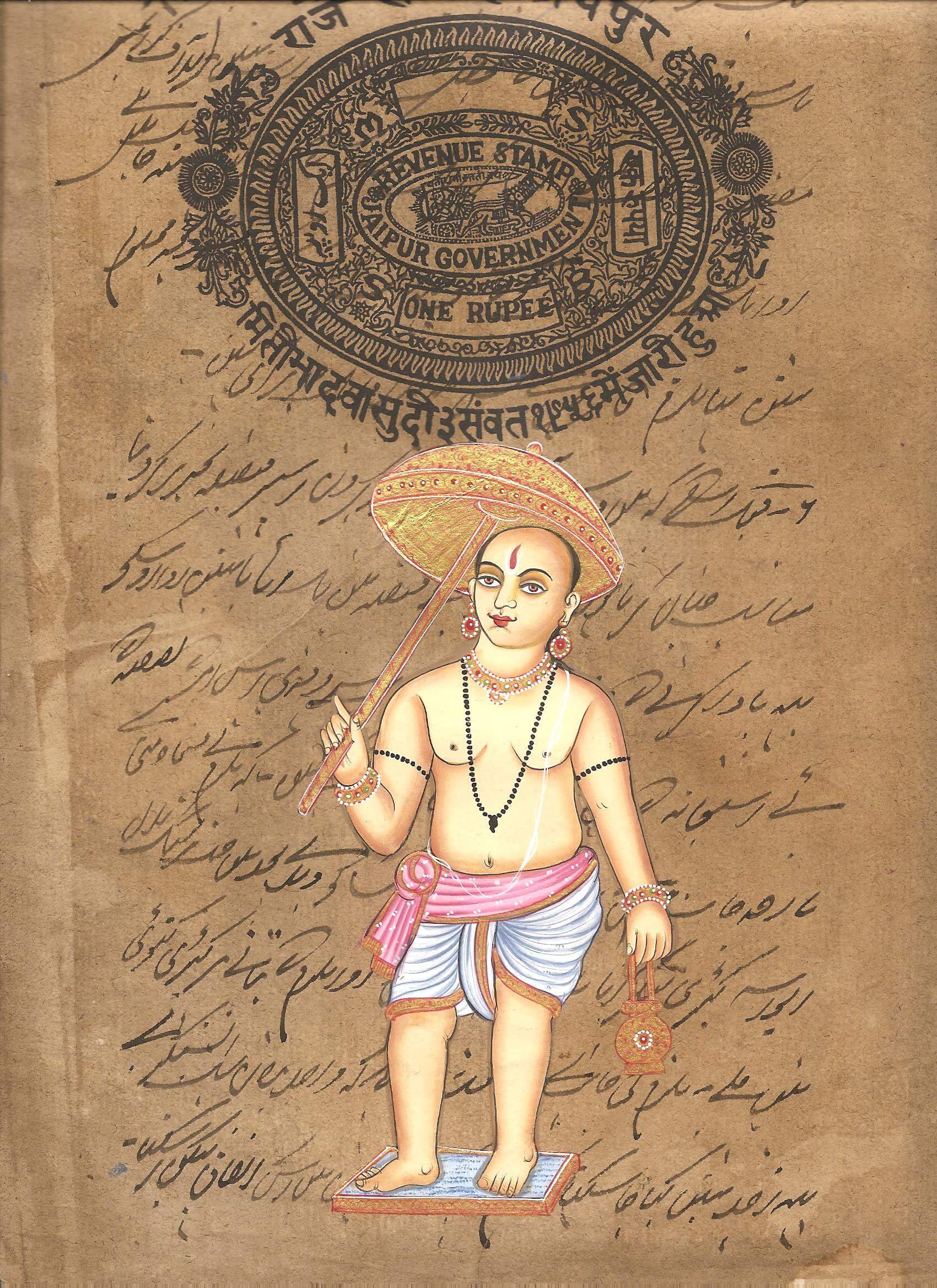
6. The short ape-like species finally evolved into what we call ‘early man’. Parshurama, Vishnu’s sixth avatar was very similar to that.
Parshurama lived in caves in the forest and used primitive weapons made out of stone and wood (like an axe). Known for his anger and acting on whims, Parshurama is believed to have killed and vanished the entire clan of Kshatriyas from the planet in one such furious fit. In the study of evolution, all these are the traits commonly associated with the cave dwelling ‘early man’.
